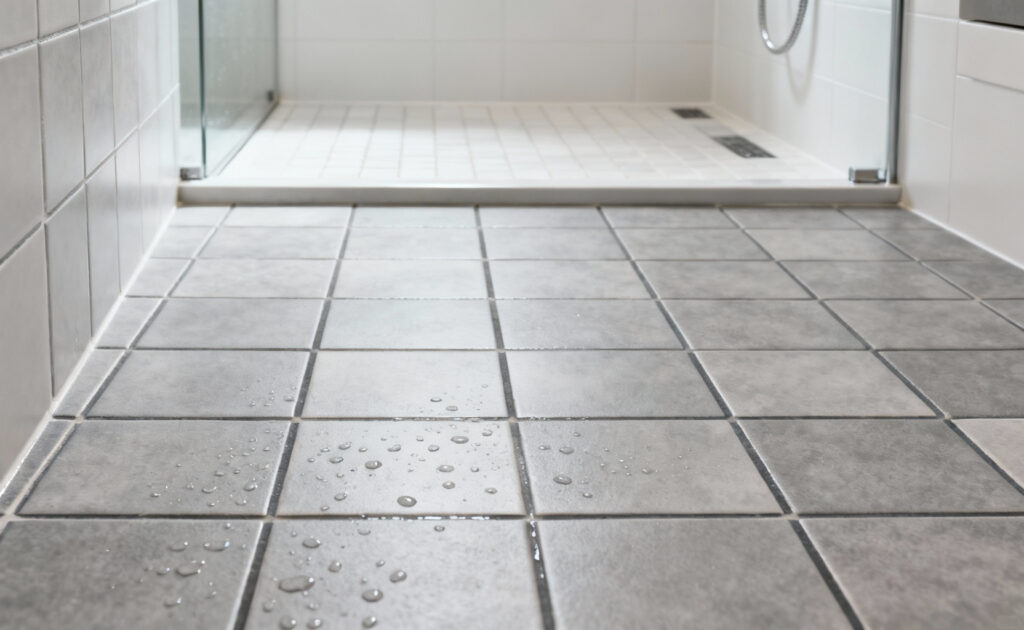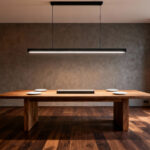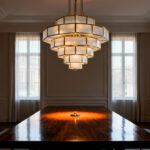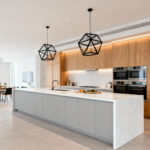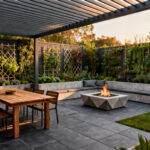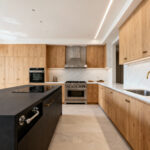Most people believe beautiful bathroom tile ideas are all about chasing the latest trend—that hot new color or bold pattern splashed across design magazines. Home renovation shows repeat this constantly. Here’s what they’re not telling you: as a specialist in universal design, I’ve worked on hundreds of homes, creating spaces that work for families from their toddler years through their golden years. The real secret to a stunning, timeless bathroom isn’t in the trend reports; it’s in the thoughtful foundation you lay with your tile.
These 20 techniques will show you how to create a bathroom that is not only beautiful but also profoundly safe, comfortable, and adaptable for every single person who uses it. We’re going to move past the myth that accessible design looks sterile or institutional. In my professional experience, the most elegant and functional spaces are born from the very same principles. Let’s build a bathroom that’s ready for anything life throws your way.
Getting Started with Bathroom Tile Foundations (Part 1)
Before you fall in love with a pattern, we need to talk about the groundwork. These first few choices are the most important you’ll make. They set the stage for a space that is fundamentally safe, easy to live in, and ready for the future.
1. Prioritize Slip Resistance: Understanding COF Ratings for Shower Floors
Forget color, forget pattern, forget everything else for a moment. The single most important factor for your shower floor tile is its grip. A tile might look textured, but that means nothing if it’s slick as ice when wet. To get it right, we need to look beyond appearances and talk about a number: the Dynamic Coefficient of Friction, or DCOF.
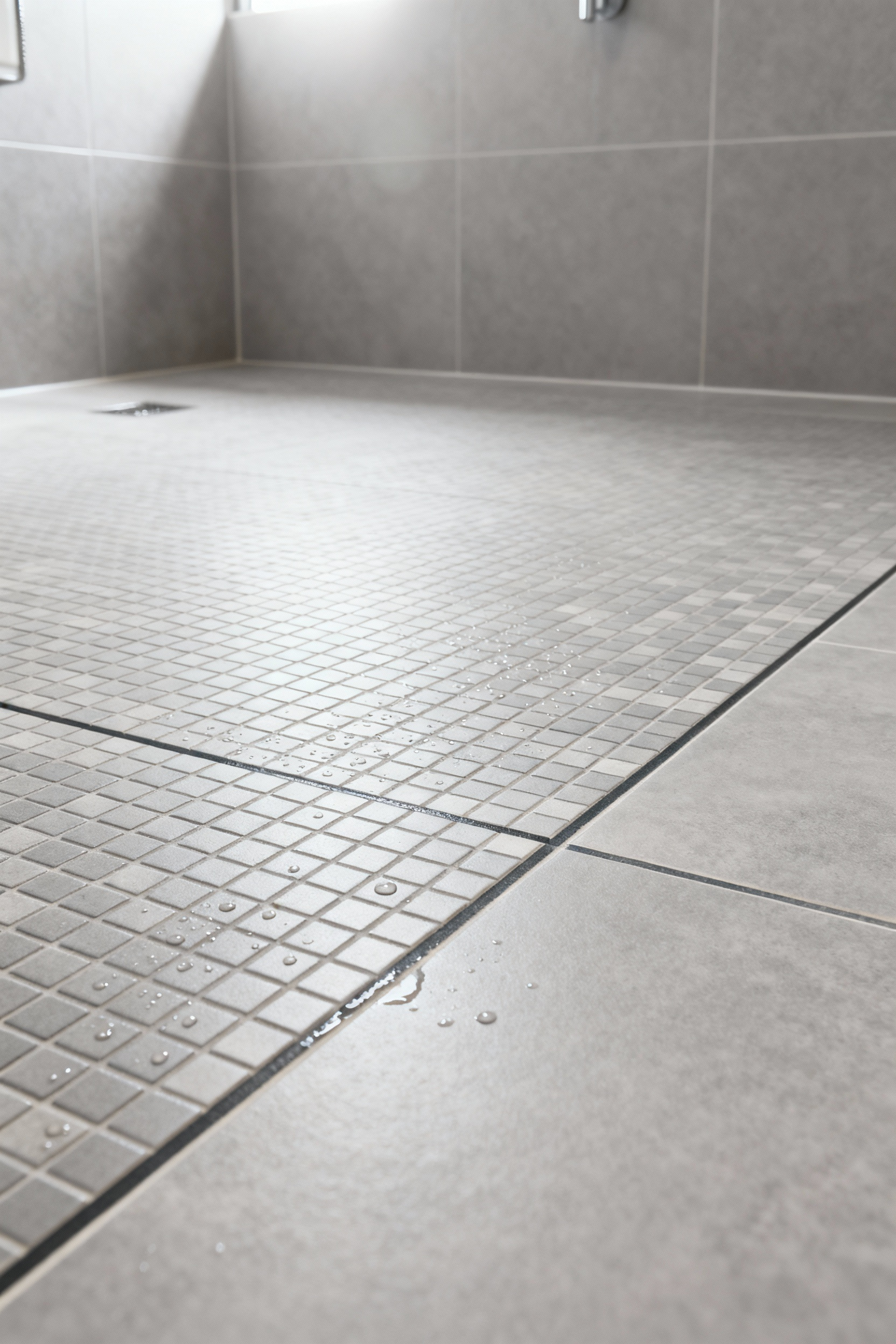
Think of DCOF as a proven, scientific grade for grip. The industry standard, ANSI A326.3, recommends a rating of 0.42 or higher for any floor that gets wet. Honestly, for me, this isn’t a recommendation; it’s a rule. What I tell my clients is that this number is the first and last word on safety for a shower floor. A fall in the bathroom can be life-altering, and this simple choice is your best line of defense. Ask your tile supplier for the tile’s spec sheet—if they can’t provide the DCOF rating, move on.
2. Seamless Transitions: Opting for Curbless Shower Entries for Unrestricted Access
Now that the floor inside the shower is safe, let’s remove the barrier to getting in. The traditional shower curb—that 4-to-6-inch dam you have to step over—is a trip hazard waiting to happen. For a young child, a grandparent with a walker, or someone in a wheelchair, it can make the shower almost unusable. A curbless, or zero-entry, shower solves this beautifully.
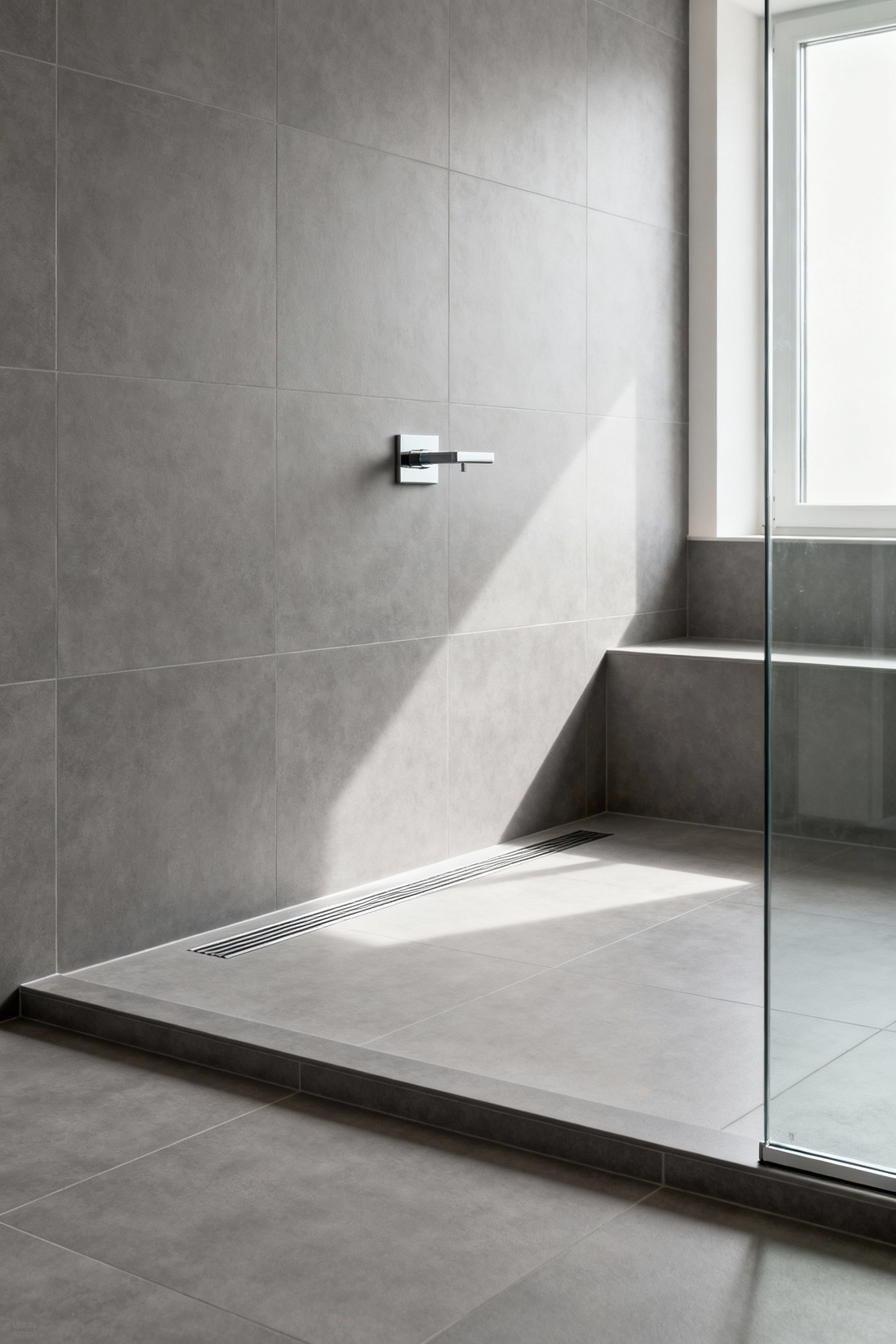
Creating a curbless entry is more than a design choice; it’s an architectural one. It requires the floor inside the shower to be sloped perfectly toward a drain, often a sleek linear drain, so that every drop of water stays contained. This has to be planned from the very beginning. From an aesthetic standpoint, it creates an unbroken visual line that makes the entire bathroom feel larger and more luxurious. It’s clean, modern, and profoundly practical.
3. Demystifying Grout Choices: Selecting Epoxies for Low Maintenance and Durability
Okay, let’s talk about the unsung hero—or villain—of every tile job: grout. Traditional cement grout is porous. It’s a sponge for dirt, soap scum, and mildew. It stains, it gets grimy, and keeping it clean is a constant battle. The superior choice, especially for a space designed for ease and longevity, is epoxy grout.
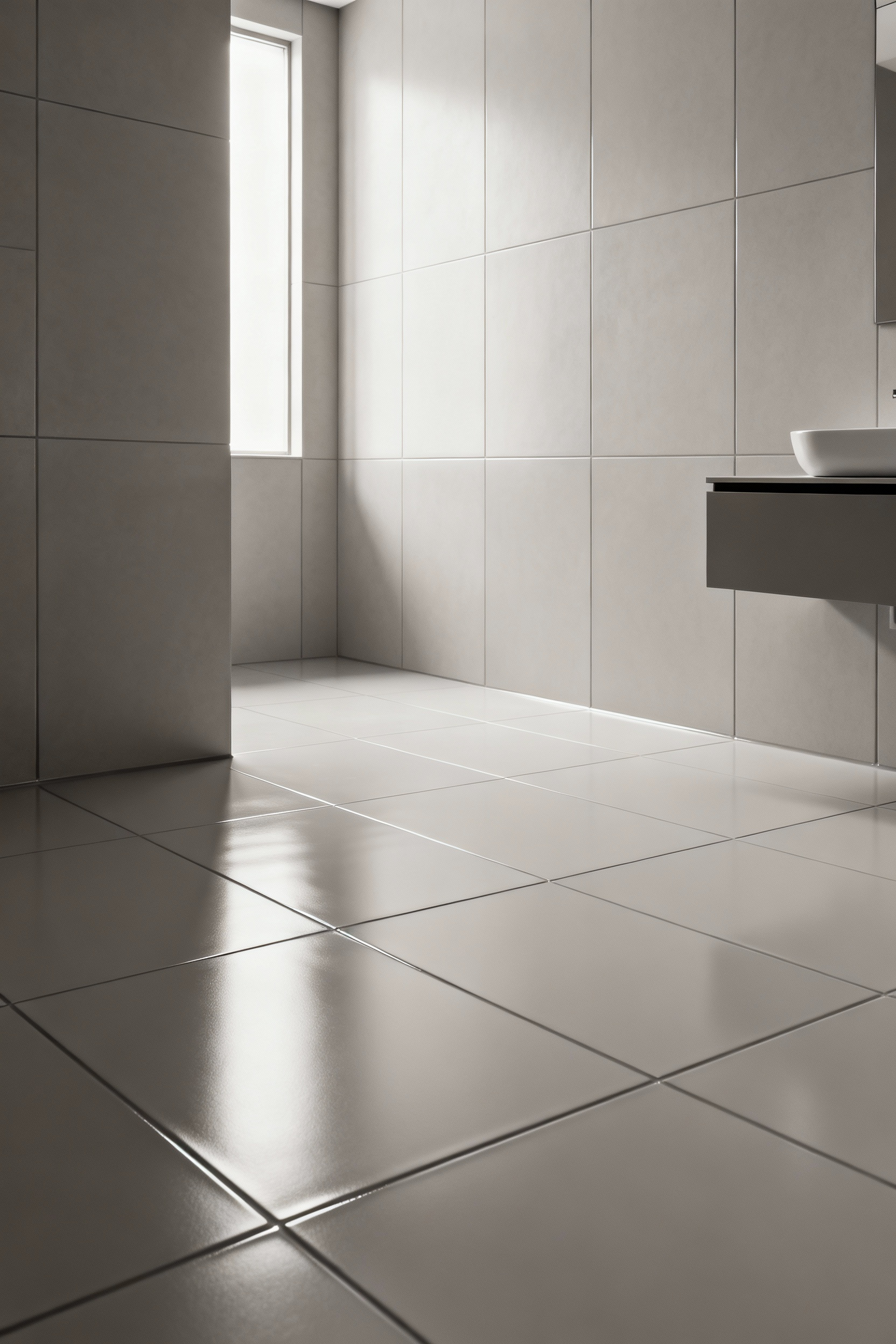
Epoxy grout is a different beast entirely. It’s a non-porous resin that is virtually stain-proof and waterproof. Mildew simply can’t grow in it. This means no more scrubbing grout lines with a toothbrush. I learned this early in my career when a client with arthritis in her hands explained that scrubbing grout was not just annoying; it was physically painful. Switching to epoxy grout on our projects from then on was a no-brainer. It costs more upfront and requires a skilled installer, but the payoff in reduced maintenance and enduring cleanliness is immeasurable.
4. Visual Clarity with Contrast: Employing Contrasting Tile for Enhanced Orientation
Great design isn’t just about what you see; it’s about how easily you can navigate a space. This is where contrast becomes a powerful tool. For someone with low vision, differentiating between the floor and the wall, or the shower area and the main bathroom floor, can be difficult. A simple change in tile can provide a clear visual cue that enhances safety and independence for everyone.
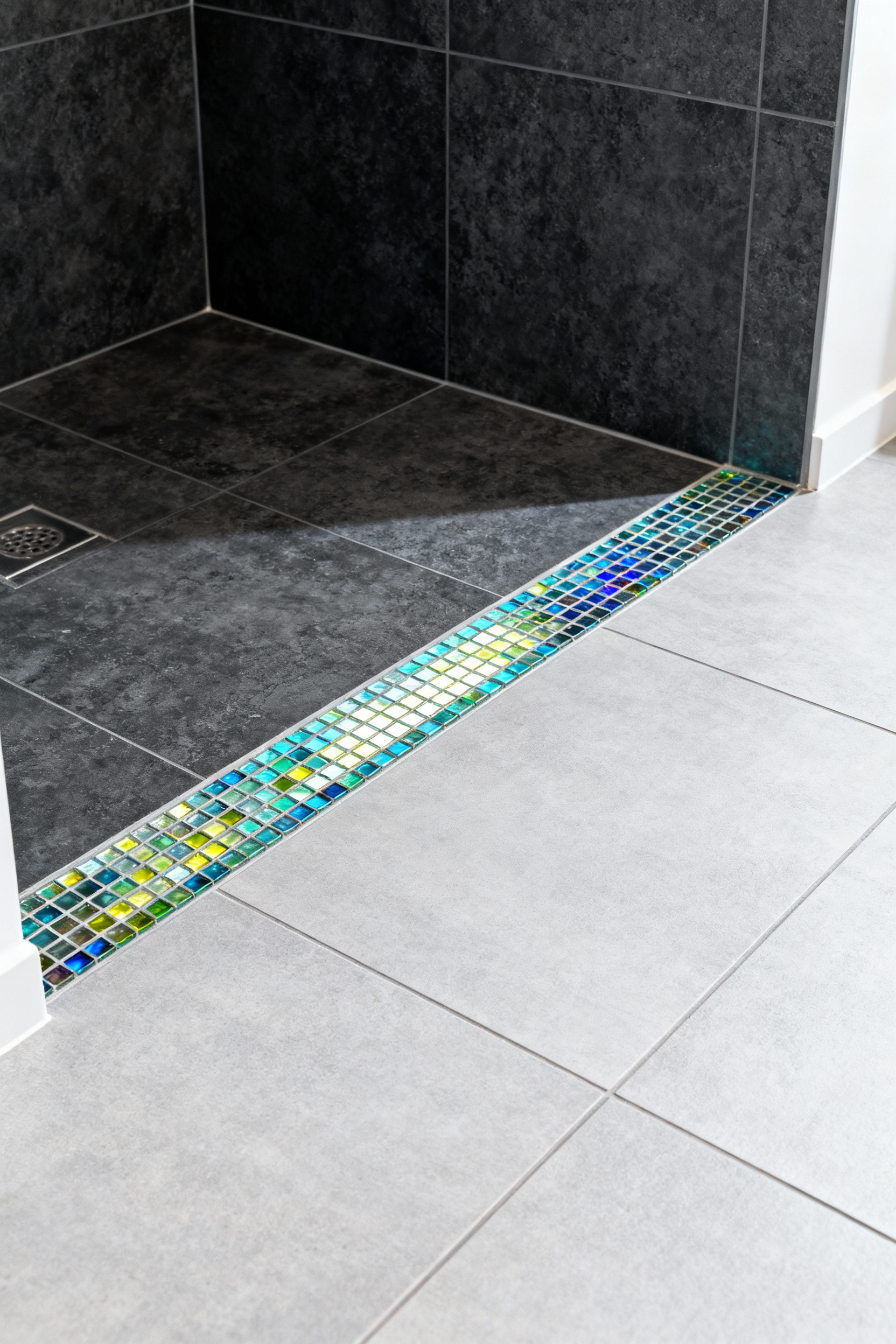
This doesn’t mean you need loud, clashing colors. The contrast can be subtle and elegant. Think about using a darker tile on the shower floor than on the main bathroom floor, even in a curbless design. Or a band of accent tile to frame the shower entrance. It’s about creating definition. A light-colored toilet against a slightly darker wall tile is much easier to locate than one that blends in. This is a perfect example of how accessible design is simply good design—it creates depth, interest, and makes a space more intuitive.
Getting Started with Bathroom Tile Foundations (Part 2)
With the essential safety and structural elements in place, we can turn our attention to choices that enhance both the look and the livability of your bathroom. This is where we make smart decisions that pay off in easier cleaning and a more spacious feel.
5. Large Format Benefits: Reducing Grout Lines for Easier Cleaning and Seamless Look
The conventional wisdom used to be that small bathrooms required small tiles. We can officially throw that idea out. Large format tiles are one of the best choices you can make, especially for universal design. The immediate benefit is purely practical: fewer grout lines. And fewer grout lines mean drastically less to clean. That alone makes them a winner.
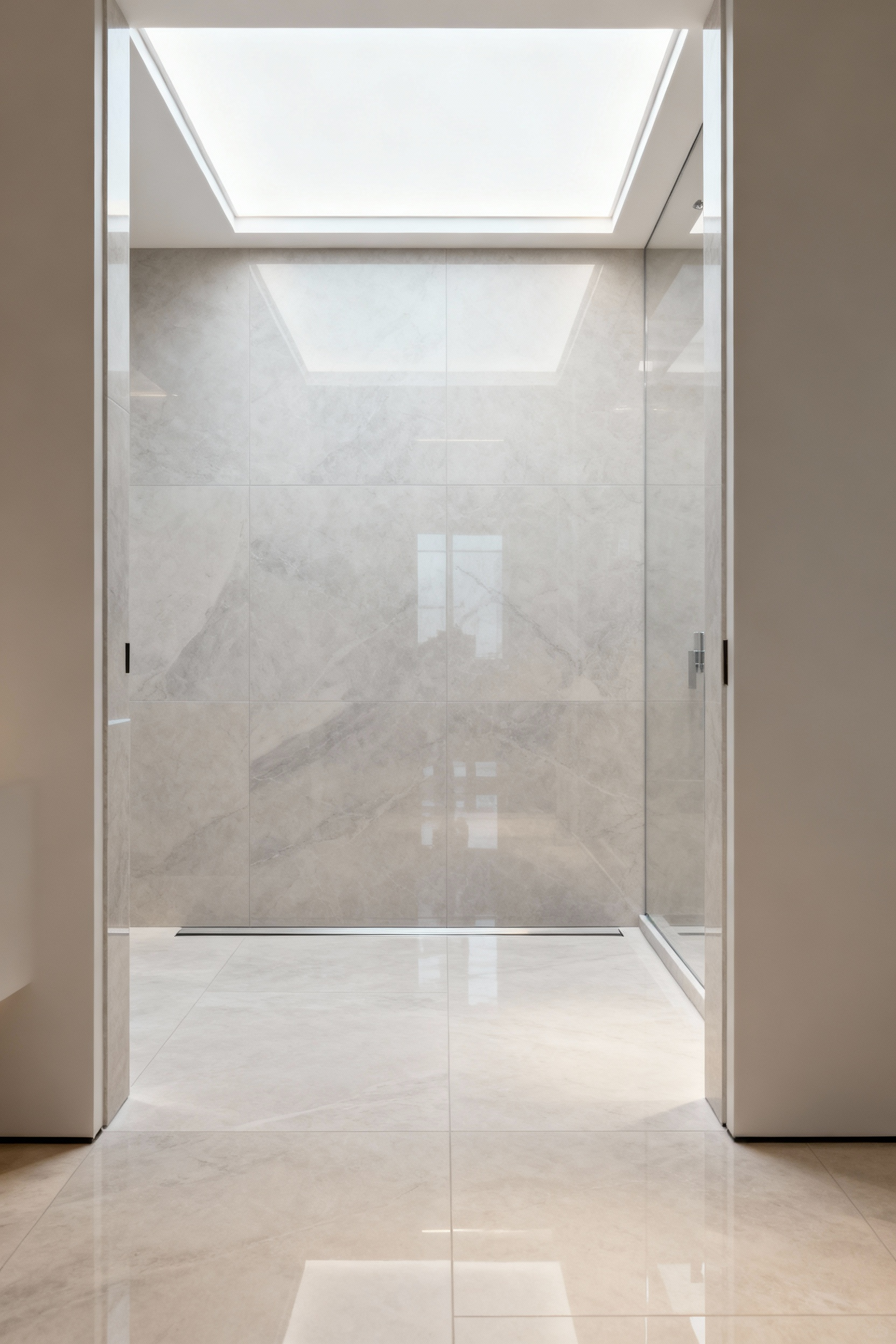
Beyond the low-maintenance appeal, large tiles create a sense of expansive, uninterrupted space. Your eye isn’t constantly stopped by a busy grid of grout, which makes any room feel larger and more serene. For anyone using a wheelchair or walker, the smooth, continuous surface created by large format tiles with tiny grout joints is far easier to navigate. It’s a clean, modern aesthetic that feels luxurious while being incredibly functional.
Elevating Your Bathroom Tile Approach (Part 1)
Now we move from the foundational elements to more integrated design strategies. This is where we begin to weave aesthetics and function together so tightly they become one and the same, creating a truly cohesive and sophisticated space.
6. Integrating Wall and Floor Tiles: Achieving Cohesive Wet Room Aesthetics
One of the most powerful bathroom tile ideas is to use the same tile on the floor and walls. This technique, especially with large format tiles, creates a stunning, continuous flow that blurs the boundaries of the room. It feels less like a collection of surfaces and more like a space carved from a single, beautiful material.

This isn’t just an aesthetic trick to make the room feel bigger; it’s a core principle of wet room design. By wrapping the same waterproof tile up the walls, you create a seamless, tank-like environment that is exceptionally easy to clean and visually calming. There are no awkward transitions or clashing materials. It’s a bold, minimalist look that exudes a spa-like tranquility, turning a purely functional room into a genuine retreat.
7. Subtle Textural Variety: Combining Matte and Gloss Finishes for Depth Without Glare
A room with all one finish can feel flat. A simple way to add sophisticated depth is to play with texture, using both matte and gloss finishes of the same tile. For example, a matte tile on the floor provides excellent slip resistance—a non-negotiable for safety. You can then use the exact same tile in a polished or gloss finish on the walls.
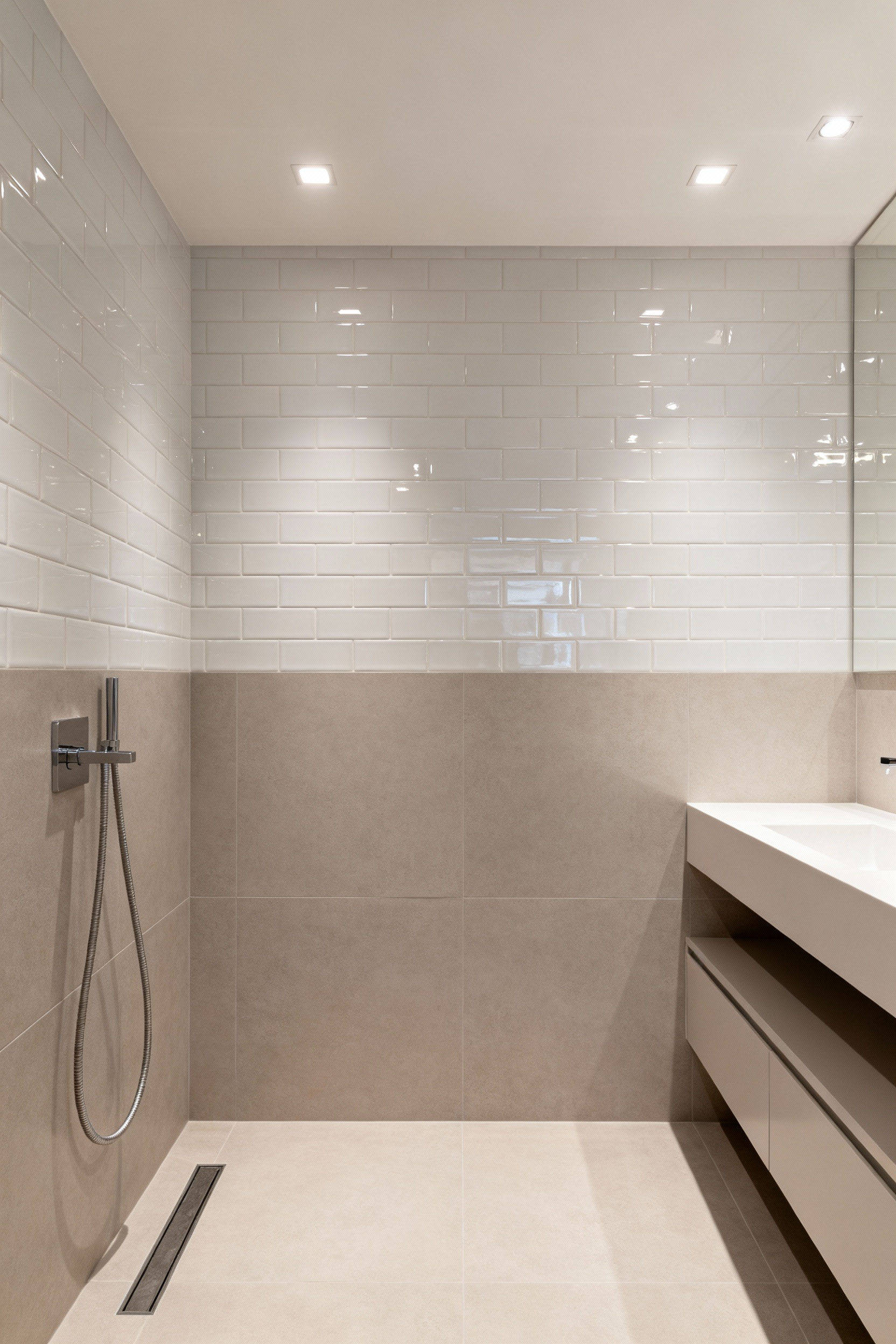
The gloss finish will bounce light around, making the room feel brighter and more open, while the matte floor provides a grounding, earthy feel. This subtle interplay creates visual interest without adding clutter or competing colors. What really gets me excited is seeing this in practice; the way light catches the polished walls while the matte floor feels so solid and secure underfoot is a perfect marriage of safety and style. It’s a designer trick that has profound practical benefits.
8. Strategic In-Wall Niches: Designing Accessible Storage within Tile Surrounds
Clutter is the enemy of a calm and safe bathroom. Protruding wire caddies or plastic shower shelves add visual noise and can be obstacles. The elegant solution is to build storage directly into the wall with tiled niches. A niche in the shower keeps shampoo and soap off the floor, eliminating a bending hazard.

A well-designed niche is a beautiful architectural detail. It can be lined with the same tile as the wall for a seamless look, or with a contrasting tile to create a focal point. But its placement is key for universal design. Niches should be located at a height—typically between 36 and 48 inches from the floor—that is comfortably reachable for someone standing or sitting. They need to be deep enough for bottles but sloped ever so slightly so water drains out. It’s a small detail that makes a huge difference in daily usability.
9. The Power of Repetition: Using One Tile Type in Multiple Formats for Visual Unity
This is one of my favorite strategies for creating a high-end, cohesive look. Instead of choosing two or three different types of tile, you select one tile family you love and use it in different shapes and sizes throughout the space. This creates a powerful sense of unity and rhythm.
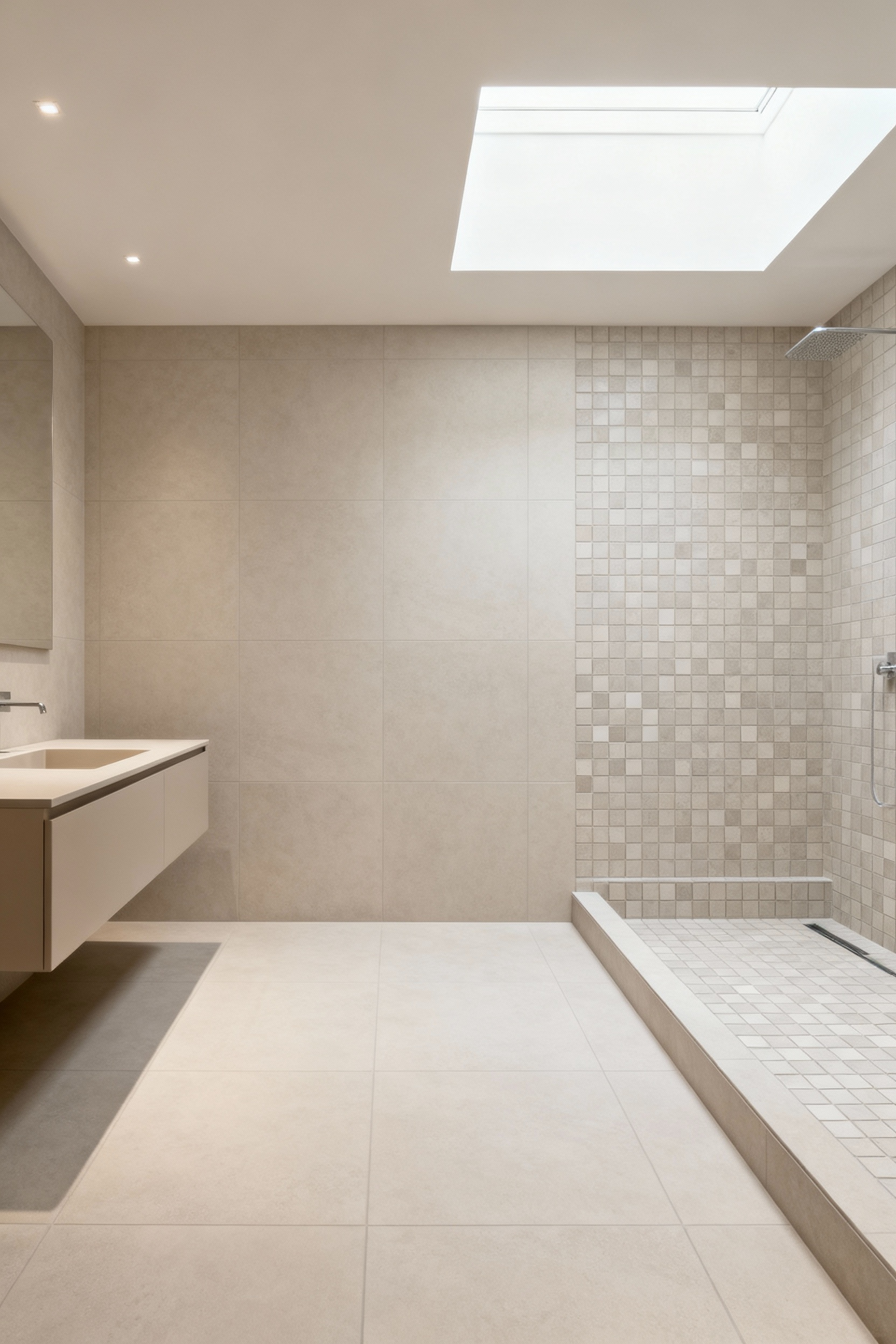
For example, you could use a beautiful 24×24 inch porcelain tile on the main floor. Then, on the shower floor, use a 2×2 inch mosaic of the very same material—the extra grout lines in the mosaic provide fantastic slip resistance. On the walls, you could use a 4×12 inch plank of that same porcelain. The material is consistent, but the variation in scale creates subtle texture and interest. It’s an incredibly sophisticated approach that ensures your bathroom will never look dated.
Elevating Your Bathroom Tile Approach (Part 2)
Here, we look at the invisible systems that work with your tile to create a space that’s not just beautiful, but truly comfortable and resilient. These are the elements that you’ll feel and appreciate every single day.
10. Radiant Heat Underfloor: Maximizing Comfort and Preventing Slips with Smart Installation
There are few simple luxuries greater than stepping onto a warm tile floor. Radiant in-floor heating transforms a bathroom from a cold, utilitarian space into a cozy sanctuary. But its benefits go far beyond comfort.
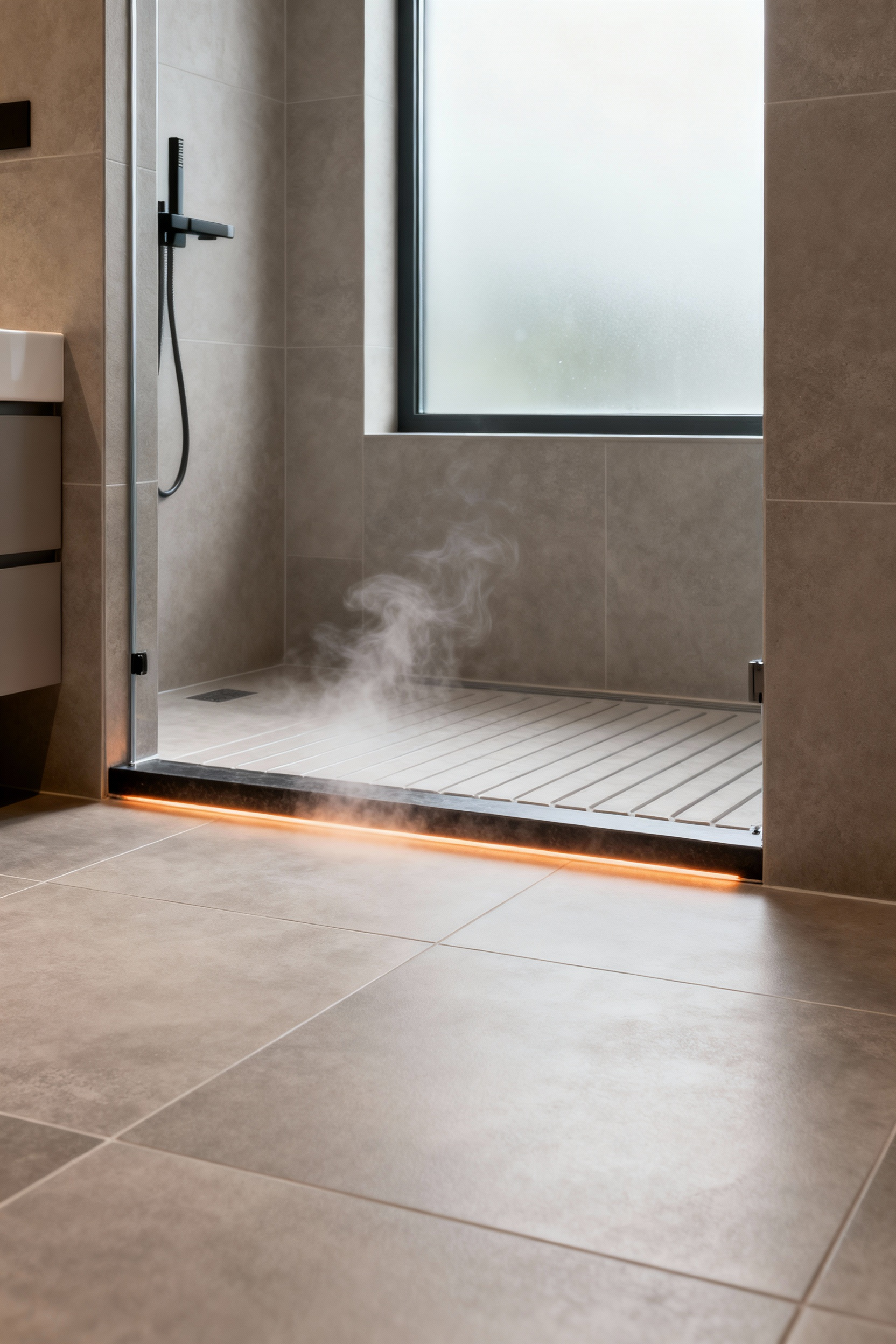
A heated floor is a safer floor. The gentle warmth helps water evaporate much more quickly, meaning wet footprints from the shower or bath dry in minutes, not hours. This significantly reduces the risk of slipping. It also eliminates the need for bath mats, which are one of a home’s most common tripping hazards. It’s a feature that feels like an indulgence but is one of the most practical investments you can make in your home’s safety and comfort.
11. Acoustic Considerations: Employing Sound-Dampening Underlayment Beneath Hard Surfaces
Tile is a hard surface, and bathrooms can be echo chambers. The sound of a dropped hairbrush, running water, or even just footsteps can reverberate through the room and transmit to the rooms below. Creating a peaceful environment means managing sound.
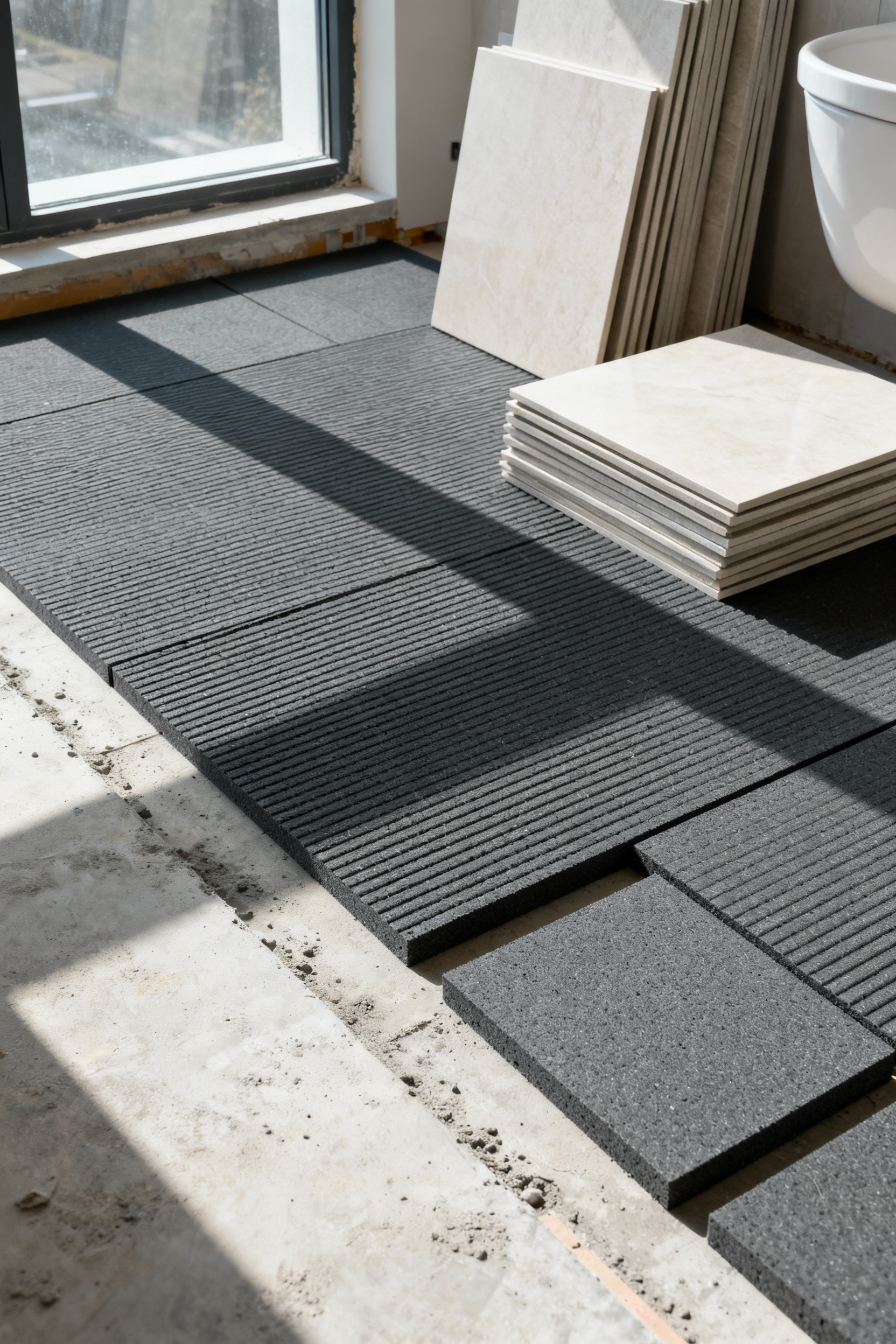
An acoustic underlayment, installed beneath the tile, works wonders. These thin membranes, made of materials like cork or rubber, absorb impact noise and dampen sound transmission. This creates a quieter, more serene atmosphere in the bathroom and ensures privacy. For someone with sensory sensitivities, reducing harsh, echoing sounds can make the difference between a stressful space and a calming one. It’s an invisible layer that has a major impact on the quality of life in your home.
12. Mitigating Moisture Intrusion: Understanding Advanced Waterproofing Systems for Longevity
Your tile and grout are the first line of defense against water, but they are not fully waterproof. The real workhorse is the advanced waterproofing system you install behind and beneath them. Water that gets behind tile can cause catastrophic damage: mold, rot, and structural failure.

Modern waterproofing systems, like liquid-applied membranes or sheet membranes, create a completely sealed, bathtub-like enclosure. Every corner, seam, and screw head is protected. This isn’t an area to cut corners. In my professional experience, 90% of tile failures are actually waterproofing failures. A meticulous, professional installation of a high-quality waterproofing system is the single best investment you can make to ensure your beautiful new bathroom lasts for decades.
Advanced Tile Strategies for Universal Design
Let’s push the boundaries. These advanced strategies use tile not just as a surface, but as an active tool to enhance well-being, guide movement, and connect our homes to the natural world.
13. Holistic Zoning with Tile: Delineating Functional Areas through Pattern and Texture Variation
We already talked about using contrast, but we can refine that idea even further. You can use tile to create distinct “zones” within the bathroom without building walls. This is done through subtle shifts in pattern or texture.
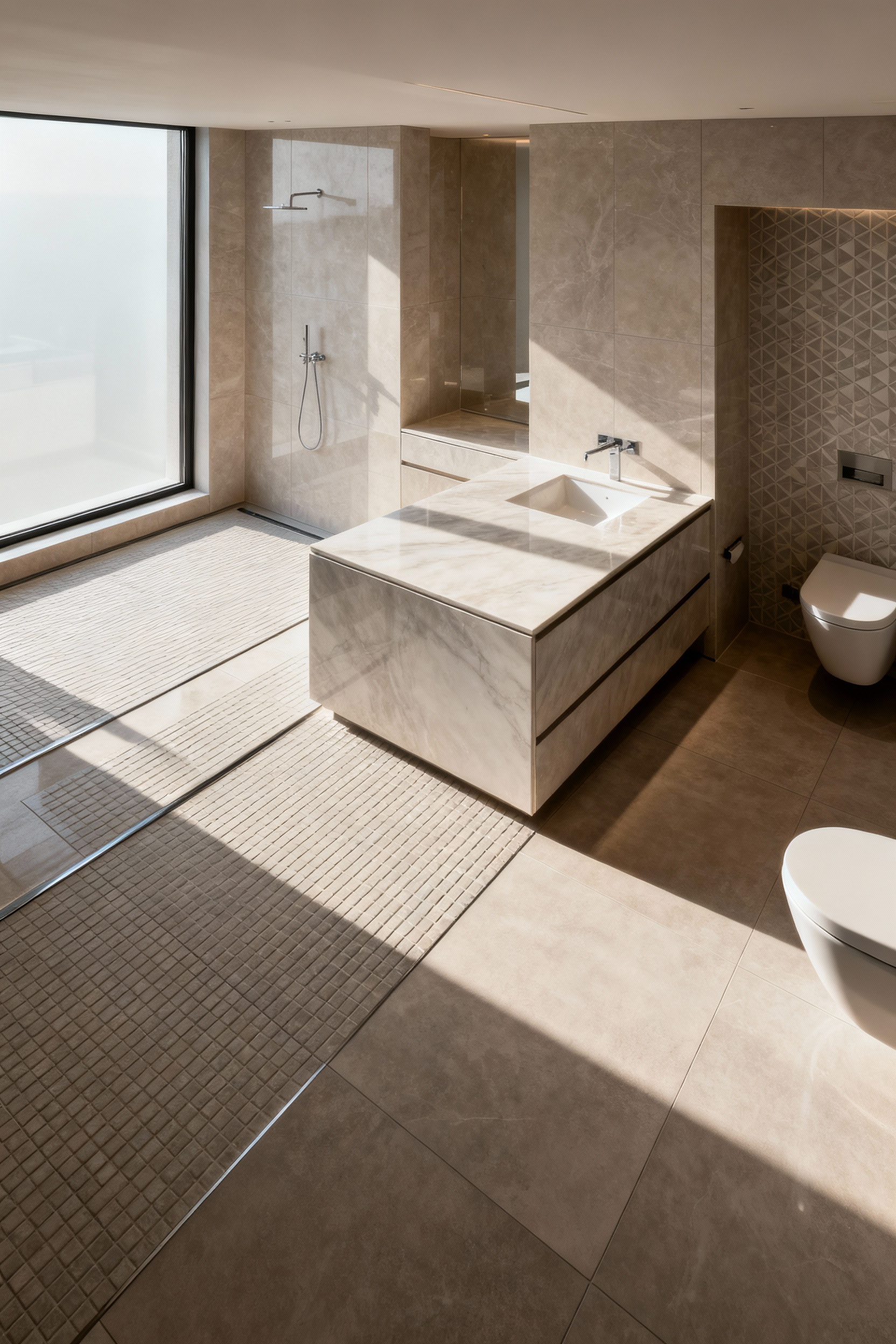
Imagine a smooth, large-format tile in the main “dry” area of the bathroom. As you enter the “wet” zone of the curbless shower, the tile underfoot shifts to a small-scale mosaic of the same color. The change in texture provides a tactile cue that you’re entering a different space—a huge benefit for anyone with low vision—while maintaining a seamless, cohesive look. It’s an incredibly intelligent way to organize a space intuitively.
14. Light Reflectivity and Tile Selection: Optimizing Illumination for Enhanced Safety and Perception
Good lighting is critical for safety, and your tile choice plays a huge role in how light behaves in your bathroom. While light-colored tiles make a room brighter, super-glossy tiles can create intense glare, which can be disorienting and uncomfortable, especially for older eyes.
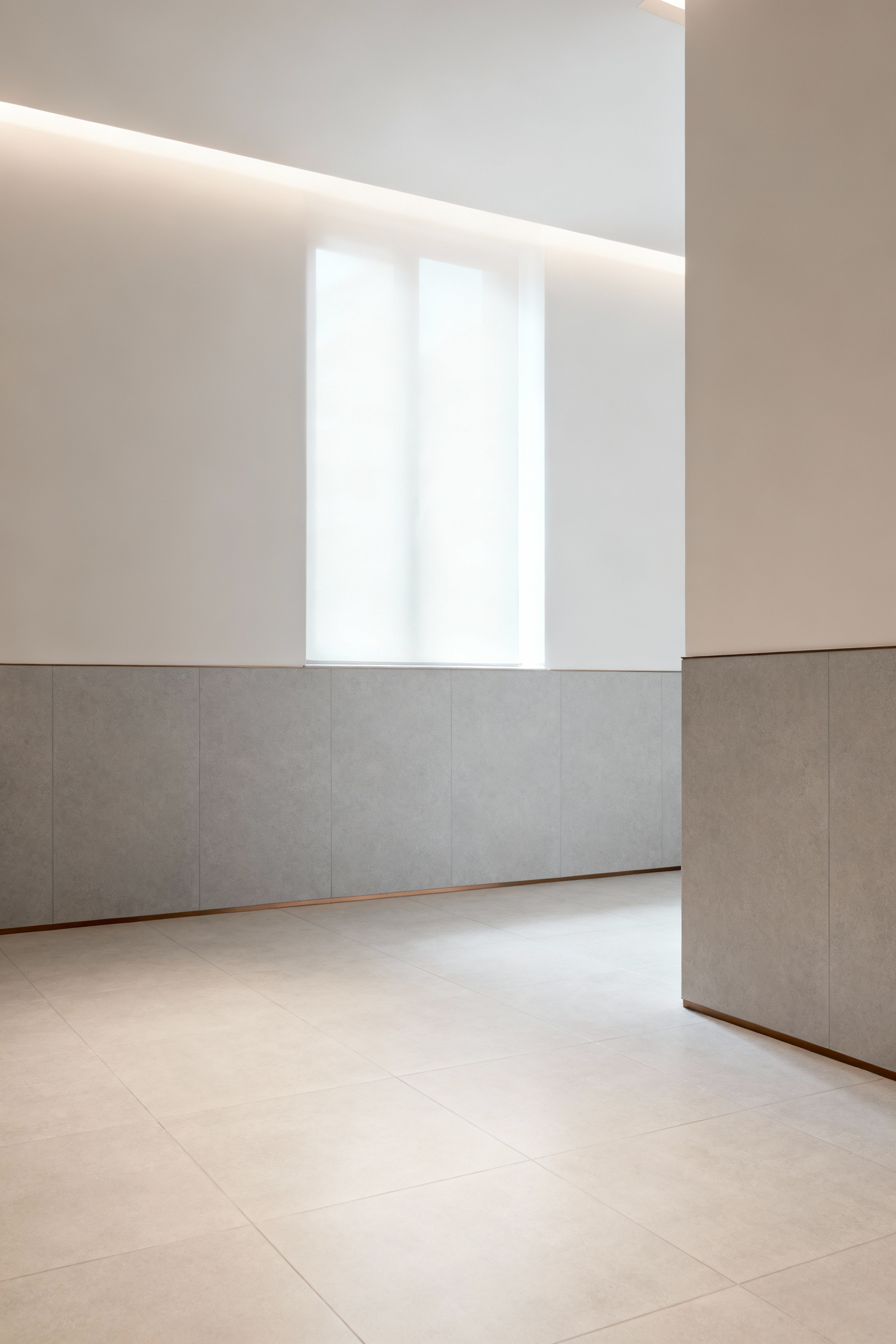
The sweet spot is often a tile with a satin or honed finish. These surfaces reflect light softly, diffusing it around the room to create a bright, even illumination without harsh hot spots. This helps with depth perception and ensures there are no dark corners. Your tile should work with your lighting fixtures to create a layered, comfortable, and visually clear environment.
15. Biophilic Tile Integration: Bringing Natural Patterns and Materials Indoors for Well-being
Biophilic design is based on the idea that humans have an innate need to connect with nature. Bringing natural elements into our homes has been shown to reduce stress and improve our well-being. Tile is a perfect way to do this.
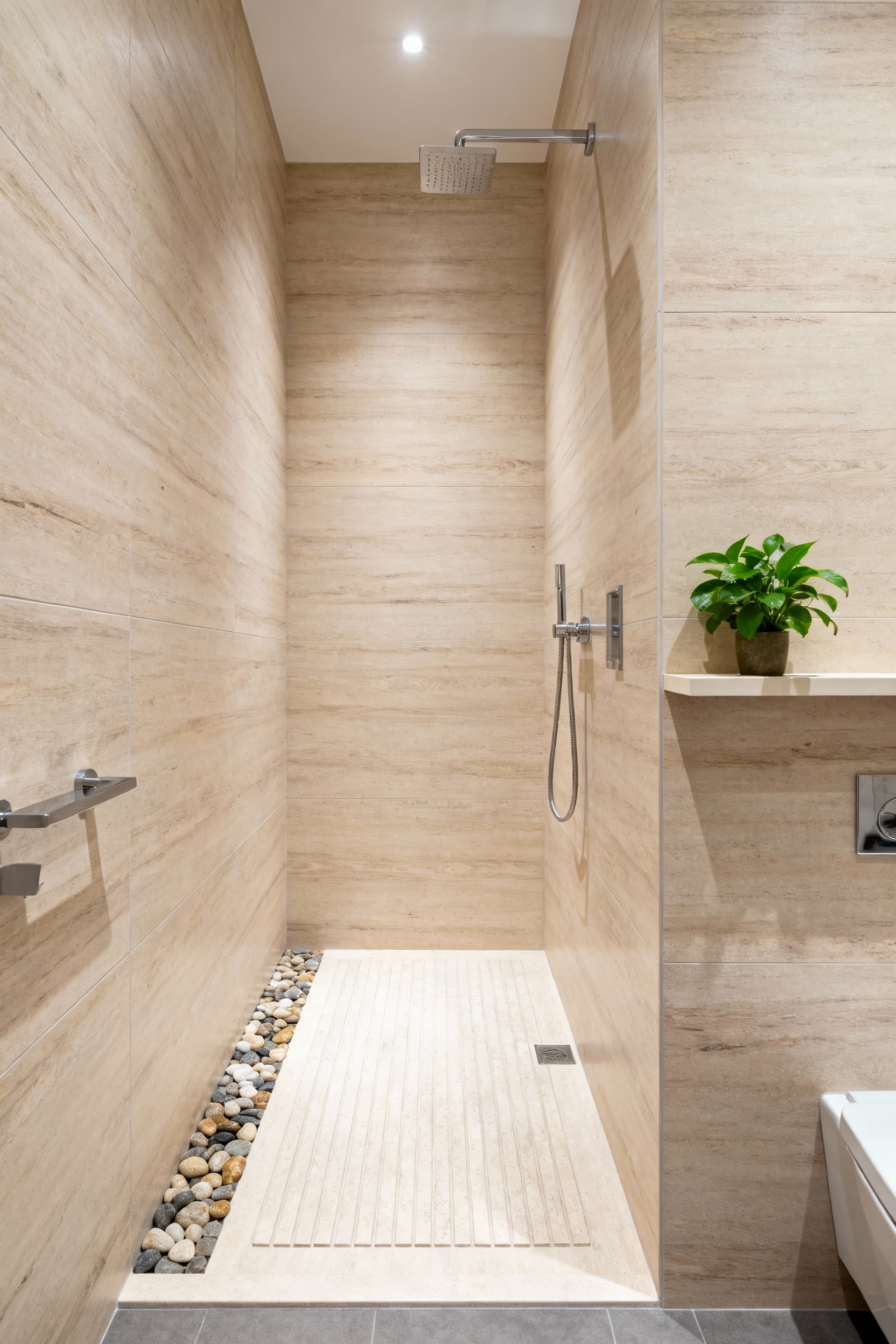
This goes beyond just using a tile that looks like wood or stone. It’s about choosing tiles with patterns, textures, and non-repeating variations that feel authentic and organic. Think of porcelain with subtle, realistic wood grain, a slate-look tile with natural-feeling clefts, or a mosaic of smooth river pebbles on the shower floor. These tiles provide a visual and sometimes tactile connection to the natural world, fostering a sense of calm and restoration.
16. Precision Slope Engineering: Designing Gradients for Optimal Drainage in Accessible Spaces
We talked about the beauty of a curbless shower, but its success hinges on a technical and invisible detail: the perfectly engineered slope of the floor. The floor must be sloped just enough—typically between 1/4 and 1/2 inch per foot—to guide every drop of water to the drain, but not so steep that it feels awkward or unstable to stand on.

Getting this right, especially with large format tiles, requires a true master installer. They must meticulously plan the entire floor structure and make precision cuts to the tile. This is the art behind the science of a wet room. When it’s done correctly, you get a floor that looks perfectly flat but functions flawlessly, keeping water exactly where it belongs.
Mastering Integrated Tile Aesthetics & Functionality
Finally, we arrive at the concepts that ensure your beautiful bathroom will last a lifetime. This is about forward-thinking design—anticipating future needs and investing in the structural integrity that underpins everything.
17. Adaptive Tile System Design: Anticipating Future Mobility Needs with Modular Solutions
What if your bathroom could adapt with you? This is the core idea behind designing with modularity in mind. Instead of just setting tile directly to the wall, we can plan for the future by installing solid wood blocking behind the tile backer board in strategic locations before the tile goes up.
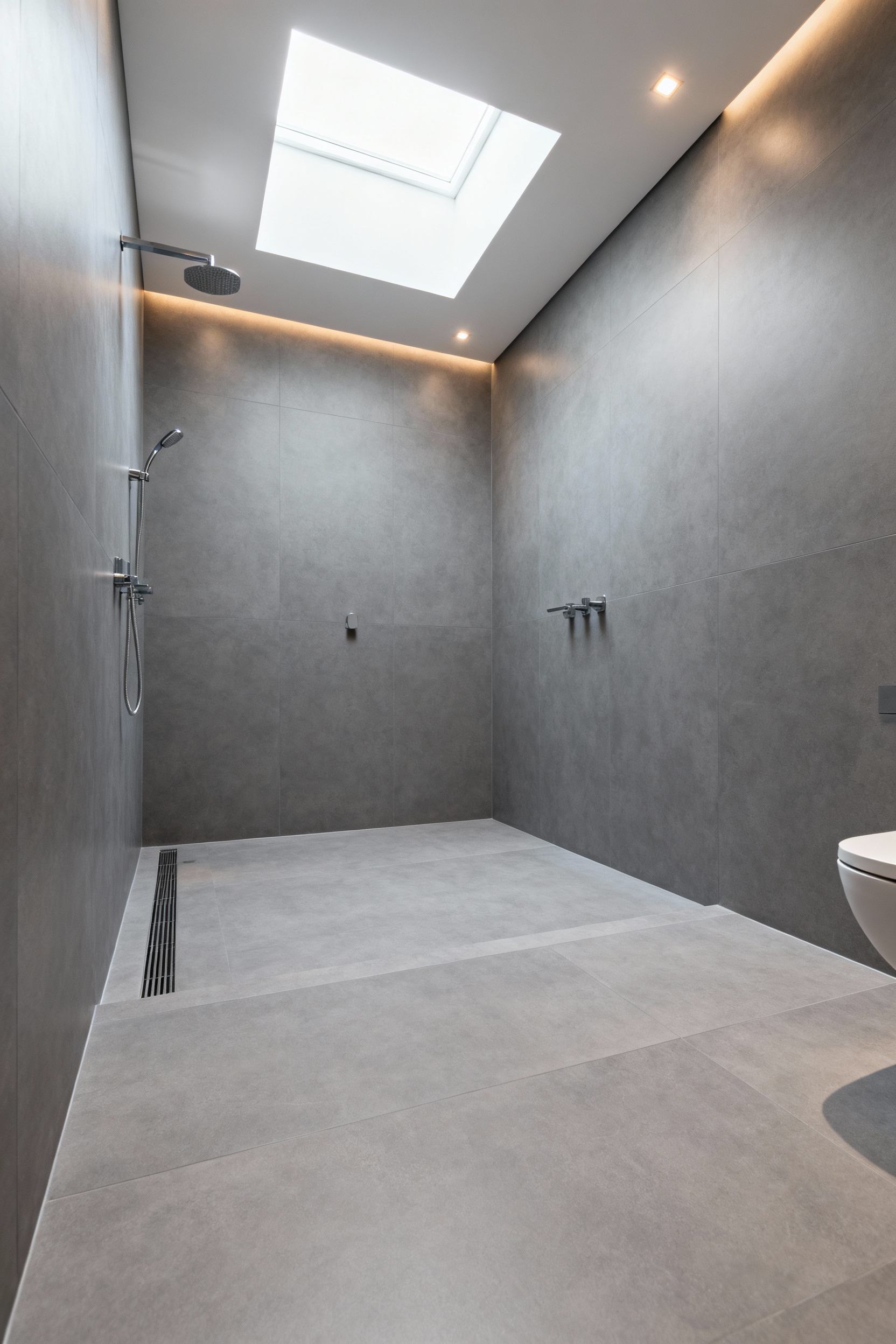
Why? Down the road, you may want to install a grab bar, a shower seat, or other assistive devices. With that blocking in place, these items can be mounted securely anywhere you need them, without having to rip out tile to find a stud. I always tell my clients, “The cost of adding a few pieces of wood now is nothing compared to the cost of a major renovation later.” It’s an invisible preparation that makes your bathroom ready for anything.
18. Specifying Anti-Fracture Membranes: Preventing Costly Structural Cracks in Dynamic Environments
Have you ever seen a long, ugly crack running across a tile floor? That’s almost never the tile’s fault. It’s caused by tiny movements in the house’s foundation or subfloor. An anti-fracture membrane is the solution.
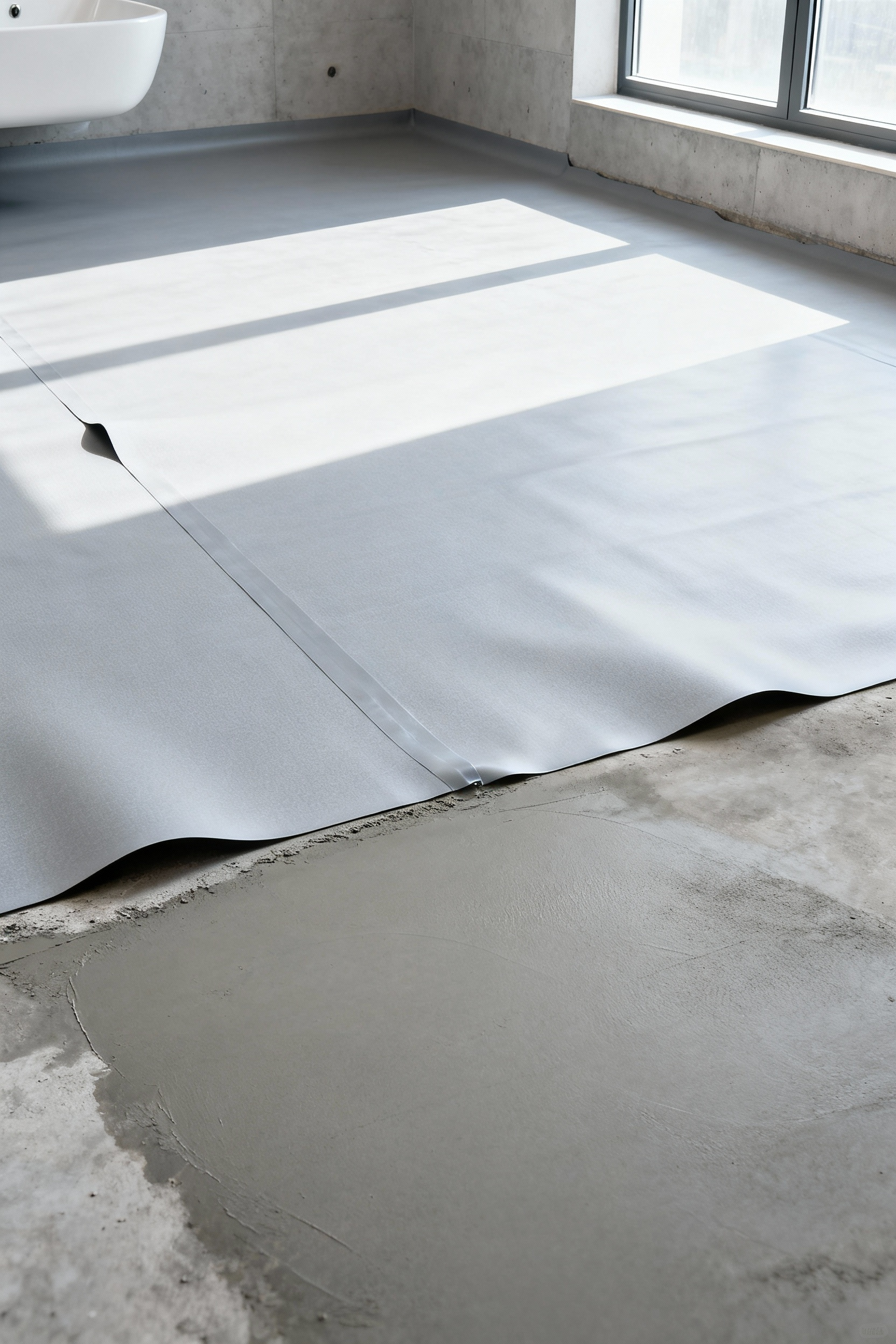
This flexible membrane is installed between the subfloor and the tile. It acts like a shock absorber, isolating the tile from any shifting or settling underneath. This decoupling action prevents those movements from transferring through to your beautiful tile and cracking it. It is an essential component for ensuring the longevity of your floor, especially in new construction or over concrete slabs.
19. Harnessing Smart Tile Technology: Embedding Sensors for Enhanced Safety and User Experience
The future of tile is here, and it’s intelligent. While still an emerging technology, smart tiles offer incredible potential for enhancing safety. Imagine a bathroom floor with embedded sensors that can detect a fall and automatically send an alert for help.
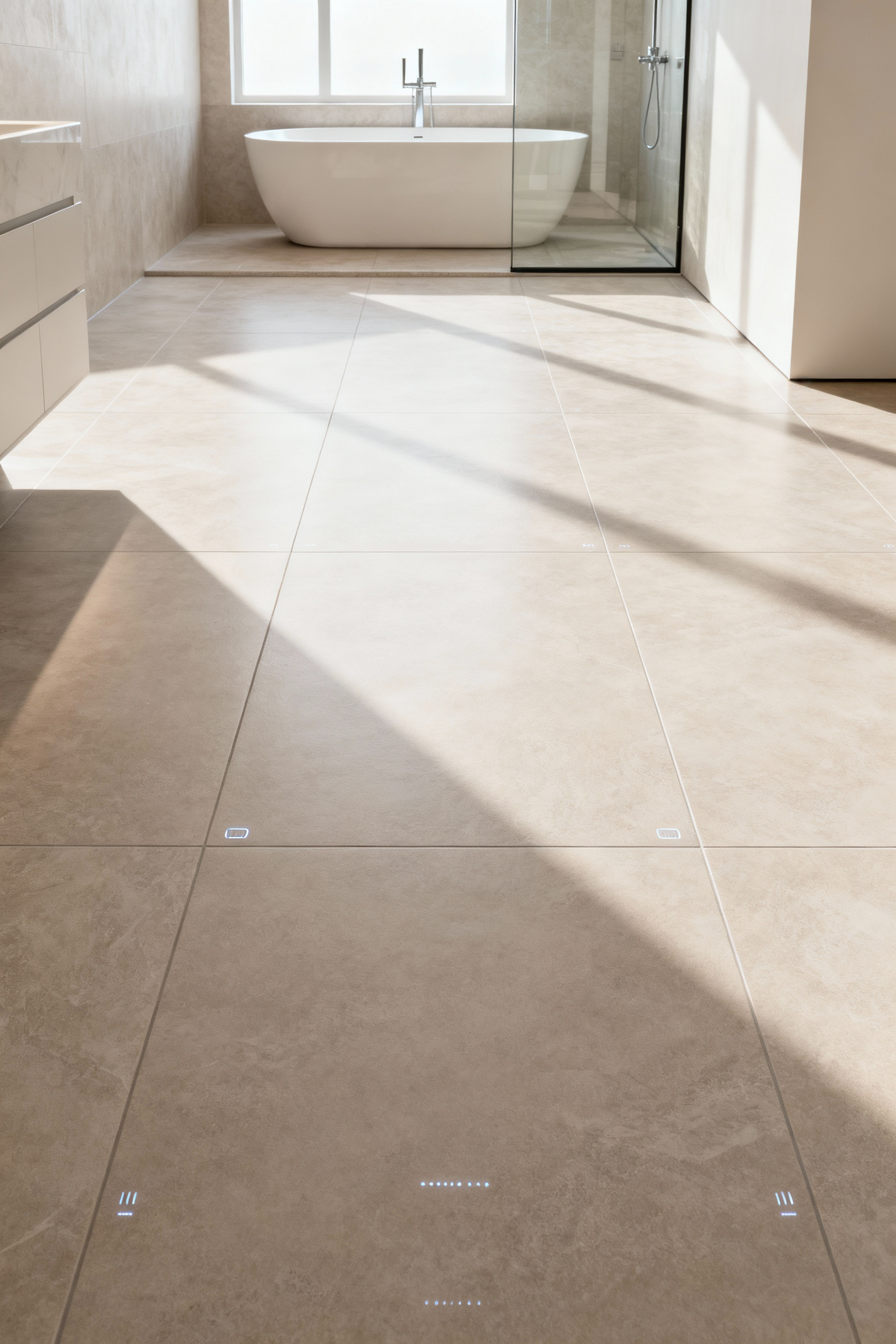
Other applications are already more common. Pressure-sensitive tiles can trigger soft, low-level lighting to illuminate a pathway at night, preventing stumbles in the dark. Embedded water leak sensors can alert you to a problem before it causes major damage. These technologies are seamlessly integrating safety and peace of mind directly into the surfaces of our homes.
20. Lifecycle Cost Analysis: Investing in Durable Tiles for Sustainable, Accessible Environments
It can be tempting to choose a less expensive tile to save money upfront. But a thoughtful designer considers the total lifecycle cost. A cheap ceramic tile may scratch easily, chip, or be difficult to clean, requiring more maintenance and earlier replacement. The cost of that second installation will quickly wipe out any initial savings.
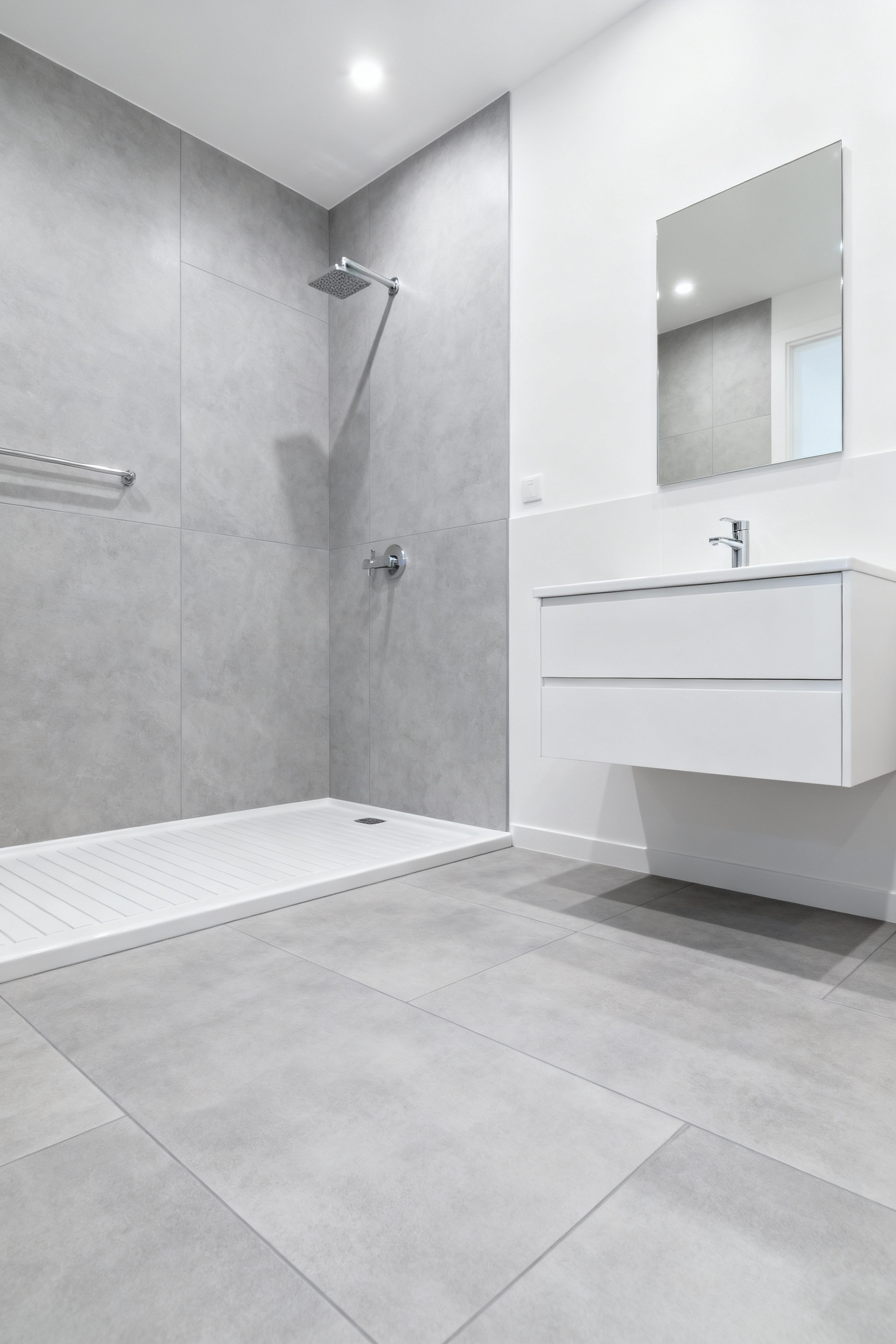
Investing in a high-quality, durable material like porcelain pays for itself over time. It resists stains, scratches, and wear. It requires less maintenance and will look great for decades. A sustainable, accessible environment is one that is built to last, reducing waste and the disruption of repeated renovations. Choosing durability isn’t just a practical choice; it’s a responsible one.
Conclusion
After exploring these 20 bathroom tile ideas, I hope one thing is crystal clear: the notion that an accessible, universally designed bathroom can’t be stunningly beautiful is a complete myth. We’ve journeyed from foundational safety principles to advanced aesthetic strategies, and at every step, the goal has remained the same: to create a space that is elegant, welcoming, and works for absolutely everyone.
Good design is never about sacrifice. It isn’t about choosing function over form. It’s about finding that beautiful intersection where they become inseparable. By being intentional with your choices—prioritizing grip, considering contrast, reducing maintenance, and planning for the future—you aren’t just tiling a room. You are crafting an environment that supports, nurtures, and respects the people who live in it. Now go create a bathroom that you’ll love not just today, but for a lifetime.
